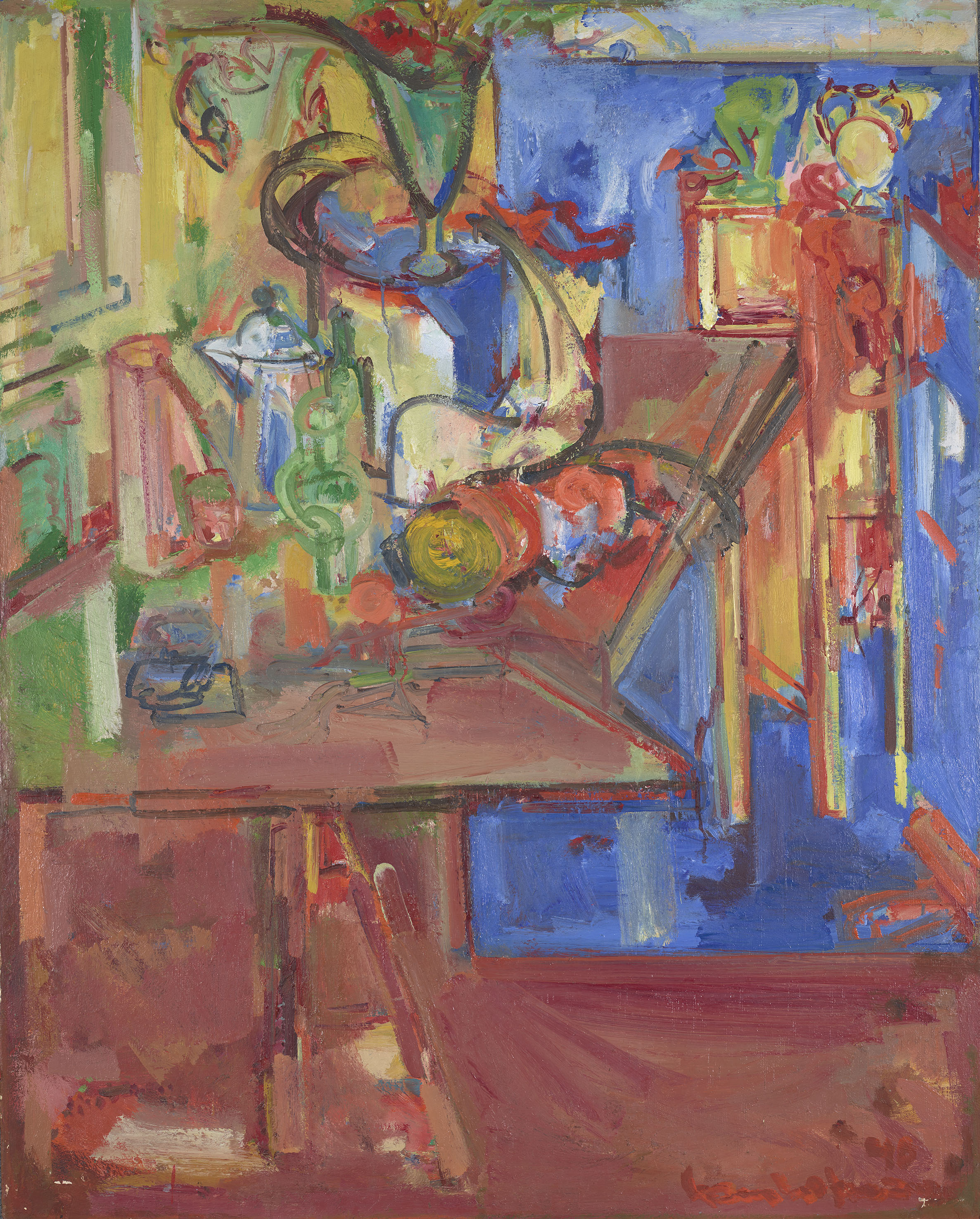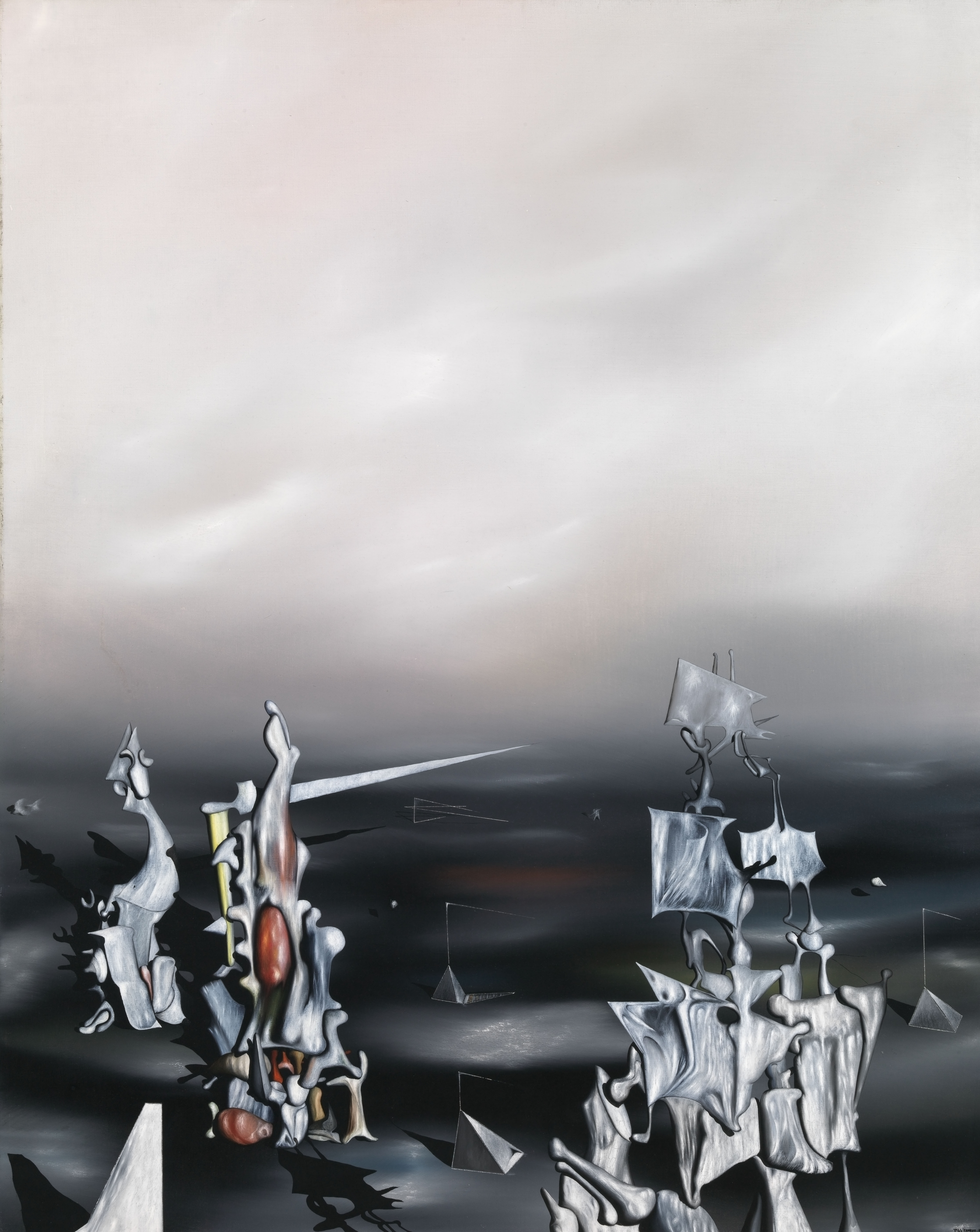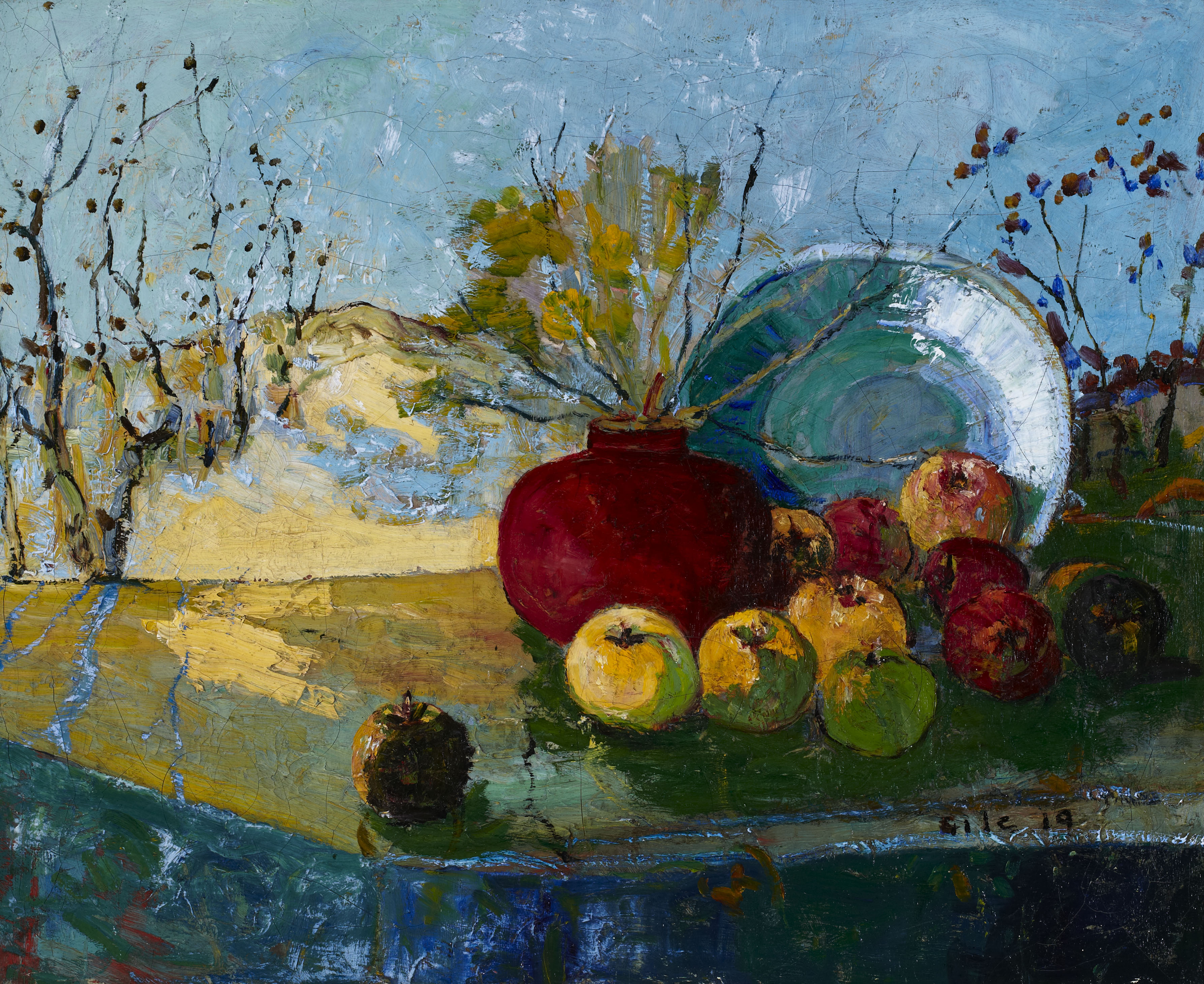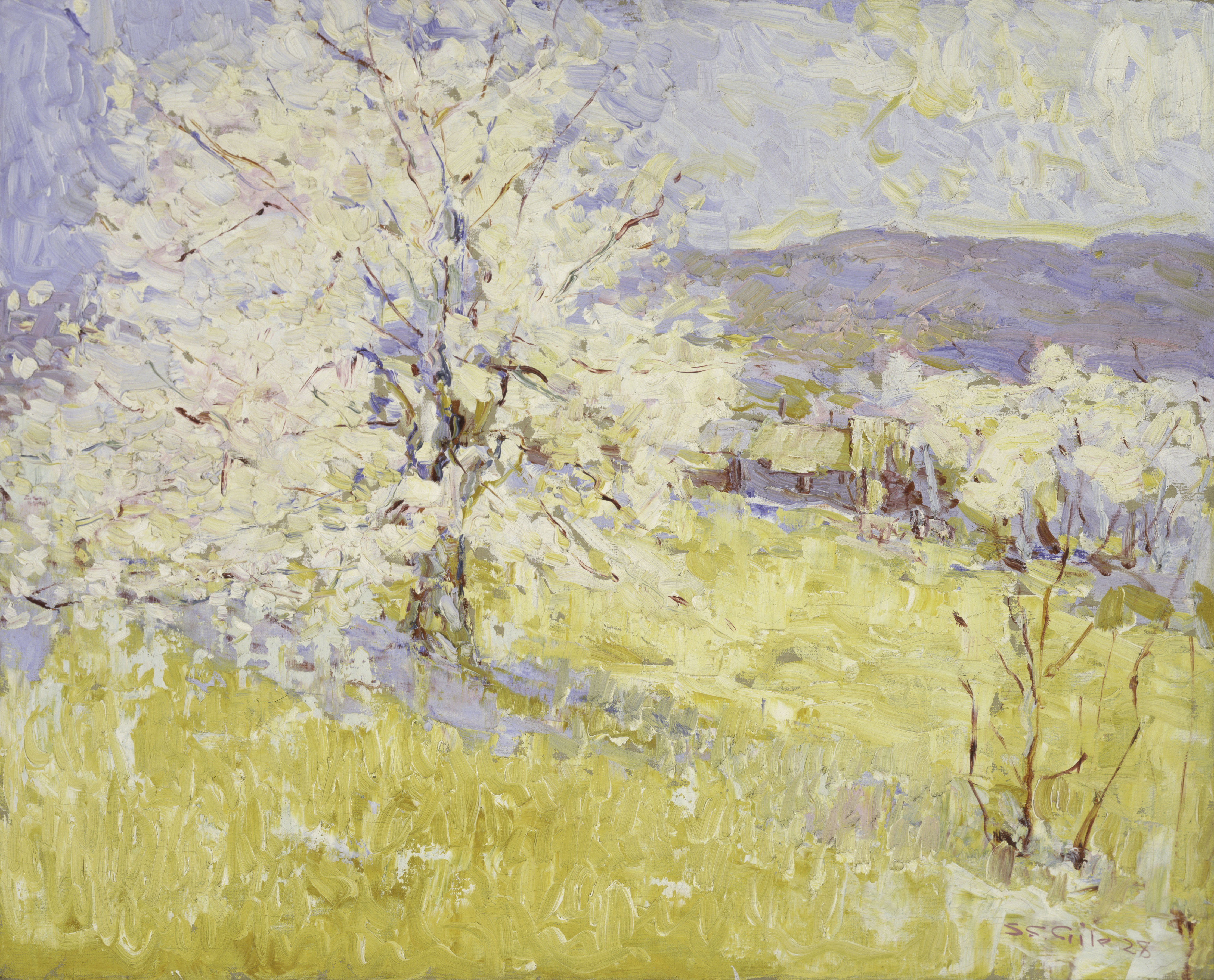Still Life with Fruit and Coffeepot

How does this work describe the process of painting?

How does this work describe the process of painting?

How does this work describe the process of painting?

Have you ever had to work on something all alone?

Have you ever had to work on something all alone?

When was the last time you used your imagination?
Tanguy’s paintings depict hallucinatory, imaginary worlds and fantastic landscapes. The topography of this work, the alien terrain typical of Tanguy, invokes a world of dreams, while the smoothly applied paint contributes to a feeling of strange liquefaction. In contrast to the invented setting, the forms within this strange world are painted with a vivid clarity and realism. They appear to occupy the scene as towering monuments, casting strong shadows across the ground.

When was the last time you used your imagination?
Tanguy’s paintings depict hallucinatory, imaginary worlds and fantastic landscapes. The topography of this work, the alien terrain typical of Tanguy, invokes a world of dreams, while the smoothly applied paint contributes to a feeling of strange liquefaction. In contrast to the invented setting, the forms within this strange world are painted with a vivid clarity and realism. They appear to occupy the scene as towering monuments, casting strong shadows across the ground.

What makes a work of art spiritual?

What makes a work of art spiritual?

What makes California living special?

What is unique about the quality of light in California?